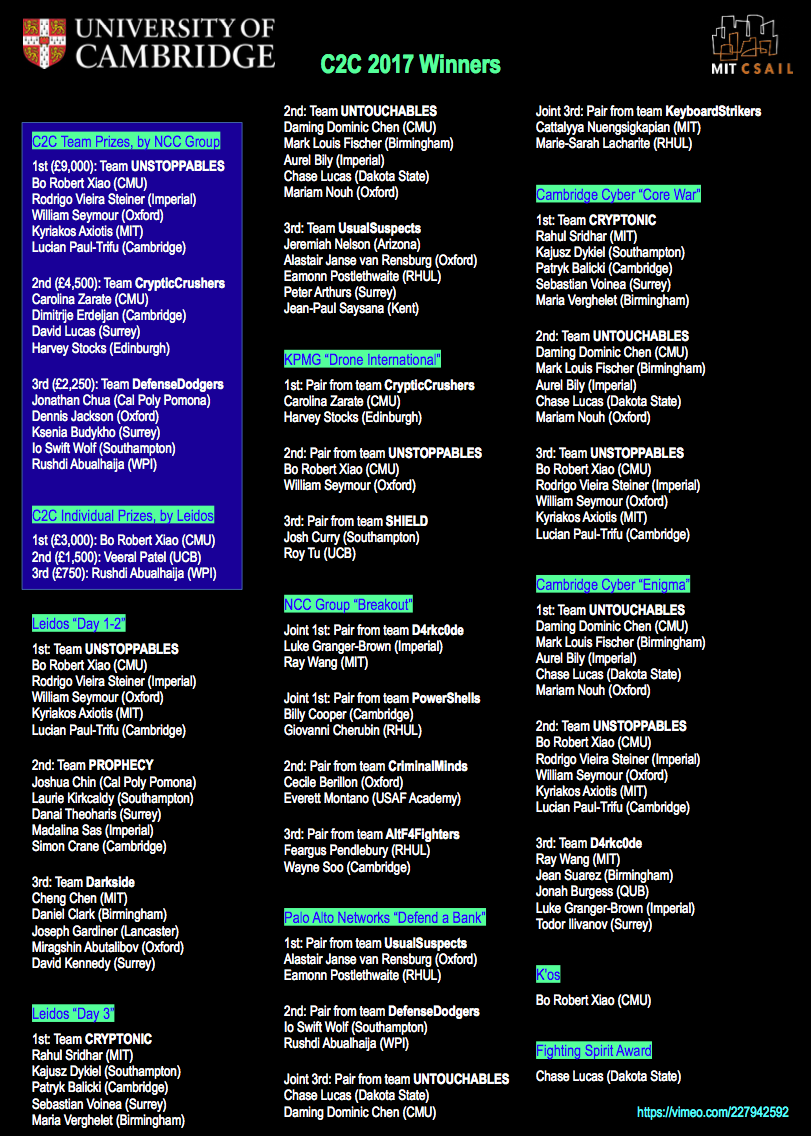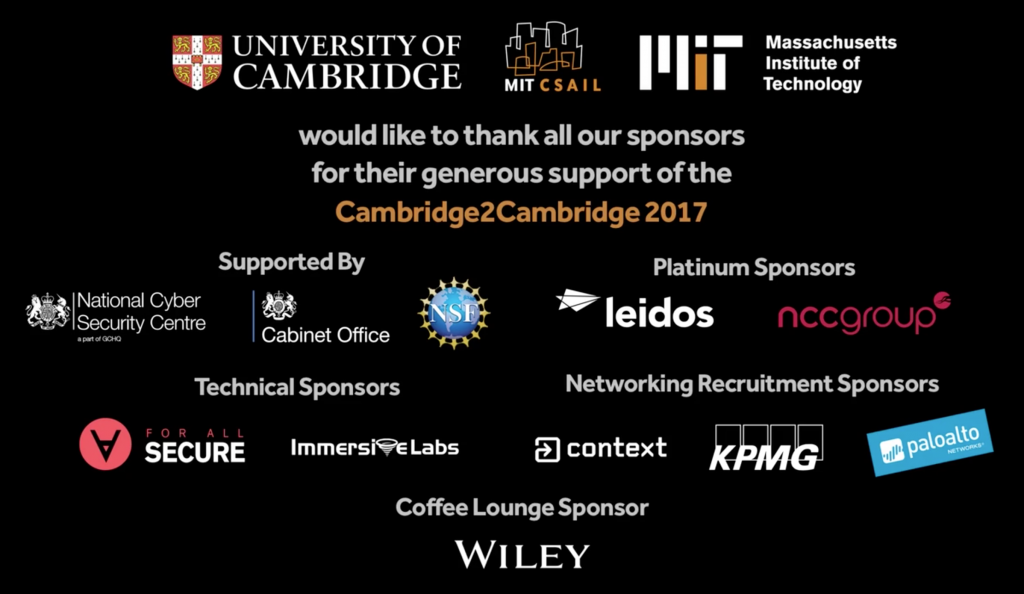This week brought an announcement from a banking association that “identity fraud” is soaring to new levels, with 89,000 cases reported in the first six months of 2017 and 56% of all fraud reported by its members now classed as “identity fraud”.
So what is “identity fraud”? The announcement helpfully clarifies the concept:
“The vast majority of identity fraud happens when a fraudster pretends to be an innocent individual to buy a product or take out a loan in their name. Often victims do not even realise that they have been targeted until a bill arrives for something they did not buy or they experience problems with their credit rating. To carry out this kind of fraud successfully, fraudsters need access to their victim’s personal information such as name, date of birth, address, their bank and who they hold accounts with. Fraudsters get hold of this in a variety of ways, from stealing mail through to hacking; obtaining data on the ‘dark web’; exploiting personal information on social media, or though ‘social engineering’ where innocent parties are persuaded to give up personal information to someone pretending to be from their bank, the police or a trusted retailer.”
Now back when I worked in banking, if someone went to Barclays, pretended to be me, borrowed £10,000 and legged it, that was “impersonation”, and it was the bank’s money that had been stolen, not my identity. How did things change?
The members of this association are banks and credit card issuers. In their narrative, those impersonated are treated as targets, when the targets are actually those banks on whom the impersonation is practised. This is a precursor to refusing bank customers a “remedy” for “their loss” because “they failed to protect themselves.”
Now “dishonestly making a false representation” is an offence under s2 Fraud Act 2006. Yet what is the police response?
The Head of the City of London Police’s Economic Crime Directorate does not see the banks’ narrative as dishonest. Instead he goes along with it: “It has become normal for people to publish personal details about themselves on social media and on other online platforms which makes it easier than ever for a fraudster to steal someone’s identity.” He continues: “Be careful who you give your information to, always consider whether it is necessary to part with those details.” This is reinforced with a link to a police website with supposedly scary statistics: 55% of people use open public wifi and 40% of people don’t have antivirus software (like many security researchers, I’m guilty on both counts). This police website has a quote from the Head’s own boss, a Commander who is the National Police Coordinator for Economic Crime.
How are we to rate their conduct? Given that the costs of the City force’s Dedicated Card and Payment Crime Unit are borne by the banks, perhaps they feel obliged to sing from the banks’ hymn sheet. Just as the MacPherson report criticised the Met for being institutionally racist, we might perhaps describe the City force as institutionally corrupt. There is a wide literature on regulatory capture, and many other examples of regulators keen to do the banks’ bidding. And it’s not just the City force. There are disgraceful examples of the Metropolitan Police Commissioner and GCHQ endorsing the banks’ false narrative. However people are starting to notice, including the National Audit Office.
Or perhaps the police are just clueless?

